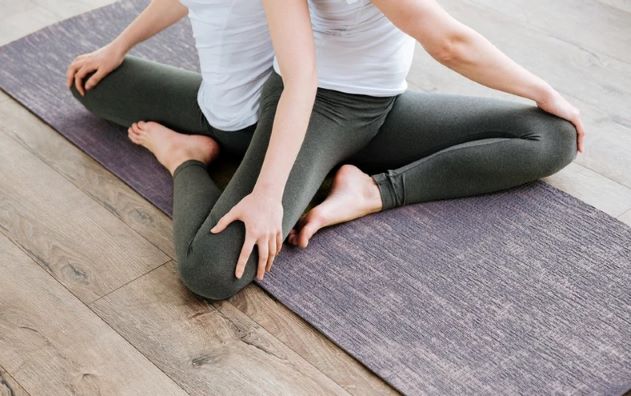
Yes, that’s correct!
When the human body moves, it does so as a complete unit and not just in isolation.
Even when you’re trying to “isolate” a muscle, which we very often do in the pilates method of exercise, other muscles work to stabilise or counterbalance.
The mechanism of human movement is muscles contracting or shortening to pull bones, this is called your “musculoskeletal system”.
But over the last 10-15 years, a new way of looking at the anatomy of the body has emerged. It has not only changed how we approach exercising, but also why we get injured, how to fix injuries and how we age.
It all comes down to something called FASCIA, or the myofascial system.
This all sounds very technical and hopefully you haven’t mentally switched off, because the implications of learning about this system for your own health and wellbeing are huge!!
You probably already know what fascia is. Your Achilles tendon, the ITB, the plantar fascia in the foot, ligaments and tendons, bones and cartilage etc.
And instead of being looked at in isolation like muscles, FASCIA is viewed as “lines”. These lines run in all directions from the bottom to the top of your body.
One myofascial line is called THE SPIRAL LINE and runs from the bottom of your foot, twisting around your body to the back of your head.
If the spiral line is tight at any point, either in the hips or further down the leg or even your foot, it will impact your ability to turn your head!
This is why it’s so important to mobilise and strengthen the body in a balanced way, approaching every exercise you do with mindfulness of the entire body.
So, if you do struggle to rotate your upper back and neck, try stretching your hips out first. It could be the key to unlocking your spine.
There are two spiral lines on either side of the body. One could be independently tight, making it challenging to rotate more on one side.
Many sporting activities, like golf or tennis rotate in one direction only and this can create imbalances in the spiral lines, and this could ultimately lead to injuries or issues with sporting performance.
As you can see, rotating and twisting is a full body event, not just in the upper back, or thoracic spine. Developing excellent, functional rotation requires mobilisation and lengthening of the entire body.
And of course, this is what the pilates method of exercise does beautifully!